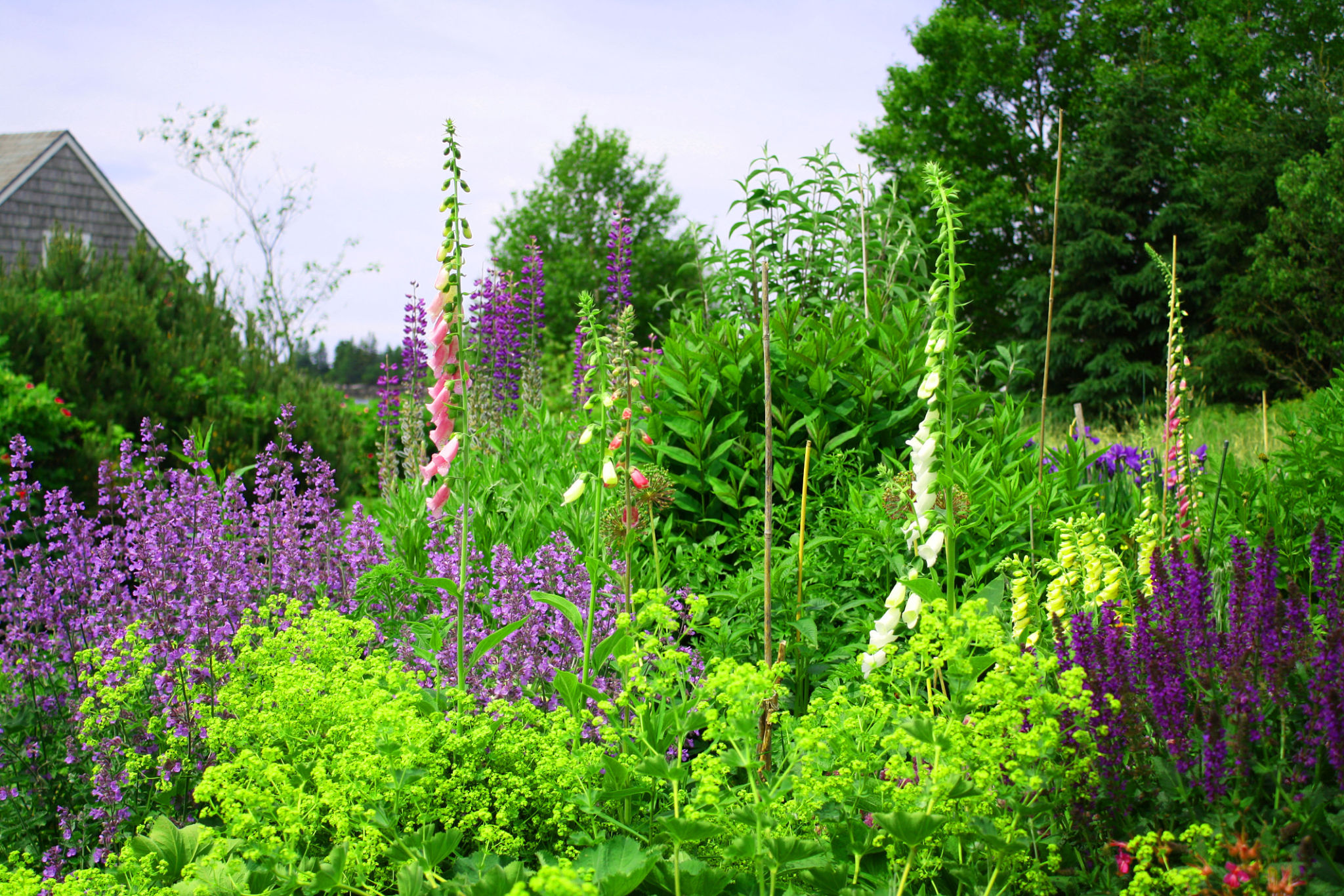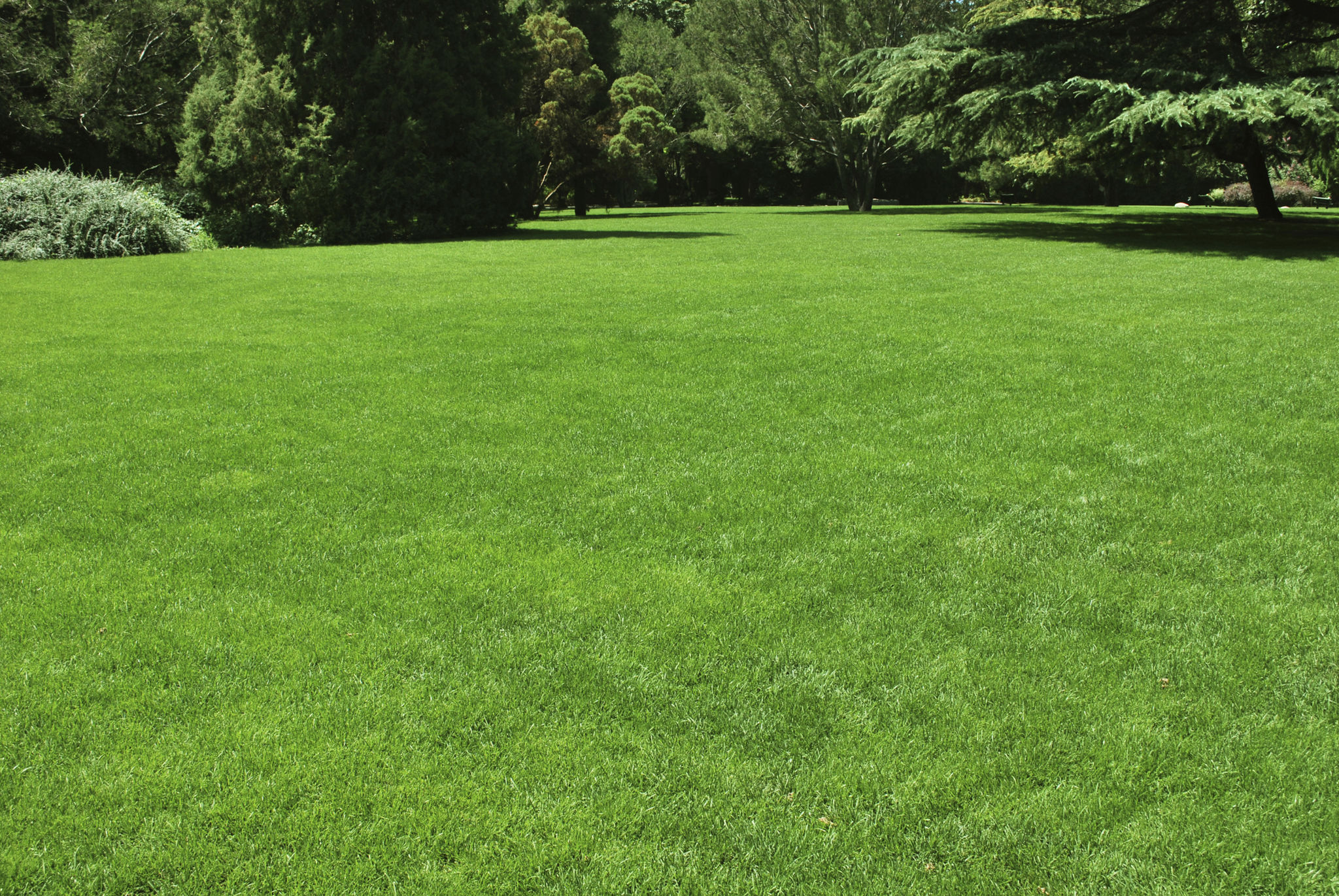Comparing Native Plant Landscapes vs. Traditional Lawns in MI
Understanding Native Plant Landscapes
Native plant landscapes are becoming increasingly popular in Michigan as homeowners and businesses seek sustainable and environmentally friendly alternatives to traditional lawns. These landscapes are composed of plants that are indigenous to the region, meaning they are naturally adapted to the local climate, soil, and wildlife. This adaptation results in a landscape that requires less maintenance, water, and chemical intervention, making it a smart choice for eco-conscious individuals.
One of the primary benefits of native plant landscapes is their ability to support local ecosystems. Native plants provide essential habitat and food sources for local wildlife, including birds, butterflies, and bees. By choosing native plants, you are contributing to biodiversity and helping to sustain the delicate balance of your local environment.

The Traditional Lawn: An American Staple
Traditional lawns have long been an iconic feature of American homes, characterized by their lush, green appearance. However, maintaining this aesthetic often requires substantial resources. Frequent mowing, watering, fertilizing, and pest control are necessary to keep traditional lawns looking their best. This maintenance not only demands time and effort but also has environmental implications.
Traditional lawns can be water-intensive, especially during Michigan's dry summer months. The use of chemical fertilizers and pesticides further contributes to environmental concerns by potentially contaminating local waterways and harming beneficial insects. Despite these drawbacks, many homeowners appreciate the classic look and feel of a well-manicured lawn.

Comparing Environmental Impacts
When comparing native plant landscapes to traditional lawns, one of the most significant differences lies in their environmental impacts. Native plant landscapes typically require less water, reducing the strain on local water resources. They also promote soil health through natural processes, such as the decomposition of organic matter and the recycling of nutrients.
On the other hand, traditional lawns often contribute to runoff pollution due to the use of synthetic fertilizers and pesticides. This runoff can lead to algal blooms in nearby water bodies, which can have detrimental effects on aquatic life. Additionally, the carbon footprint of maintaining a traditional lawn is higher due to the frequent use of gas-powered lawnmowers and other equipment.

Cost Considerations
Cost is an important factor for many homeowners when deciding between native plant landscapes and traditional lawns. Native plant installations can have a higher upfront cost due to the need for soil preparation and initial plant purchases. However, the long-term savings associated with reduced water use and lower maintenance requirements often make native plant landscapes more economical over time.
Conversely, traditional lawns may seem less expensive initially but can incur ongoing costs related to watering, fertilizing, and regular mowing. Homeowners need to weigh these initial versus long-term costs when making their decision.
Aesthetic Preferences
Aesthetics play a crucial role in landscape choices. Native plant gardens offer a diverse range of colors, textures, and forms that change with the seasons. This dynamic beauty can attract those who appreciate a more naturalistic landscape design that evolves throughout the year.
In contrast, traditional lawns provide a uniform and tidy appearance that some homeowners find appealing. The choice between native plants and traditional lawns often comes down to personal preference and the desired look for one's property.

Making the Right Choice for Your Property
Deciding between a native plant landscape and a traditional lawn ultimately depends on individual priorities, such as environmental values, budget constraints, maintenance capabilities, and aesthetic tastes. In Michigan, embracing native plants can provide ecological benefits while offering unique beauty that reflects the state's natural heritage.
For those still on the fence, consider incorporating elements of both landscapes. Designing a hybrid approach allows for the beauty of a traditional lawn alongside the sustainability of native plants, providing the best of both worlds.
